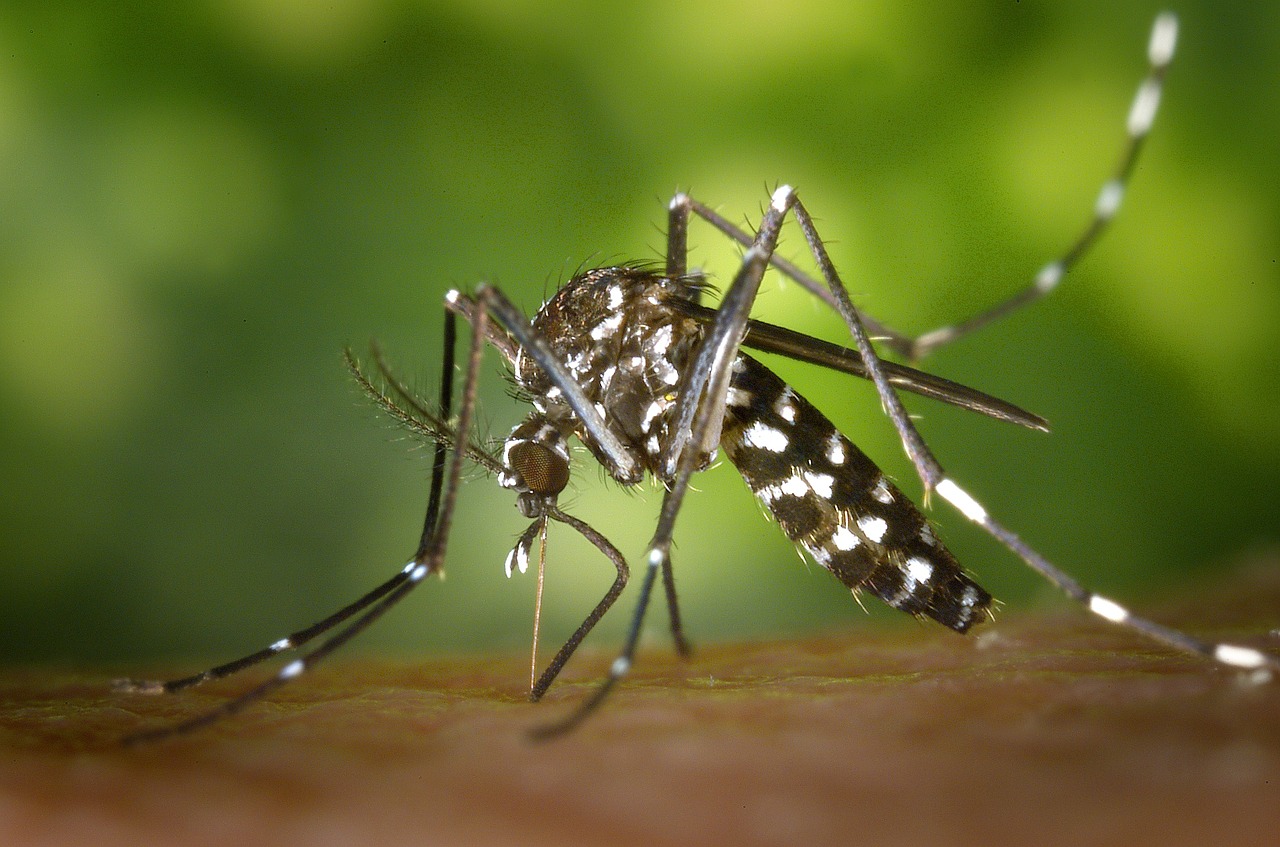Stephanie Martinez-Ruckman
As the first cases of the Zika virus were identified in the contiguous United States, it is important for city leaders to understand the virus and ways they can educate and prepare their communities.

A map showing where in the United States cases of the Zika virus have been reported to ArboNET, a national arboviral surveillance system managed by the CDC. (Image courtesy CDC)
Last Monday, the Centers for Disease Control (CDC) and the Florida Department of Health confirmed Zika virus infections and persistent mosquito populations in the Wynwood neighborhood of north Miami, Florida. With this new information and the risk of continued active transmission of Zika in that area, it is important for city leaders to understand both the situation in Florida, as well as the necessary precautions cities across the United States can take.
Travel to Florida-designated Areas
The CDC has issued travel, testing and other recommendations for those who traveled to the Wynwood neighborhood on or after June 15, 2016. This is the first time the CDC has warned against travel to any area within the continental United States due to the outbreak of an infectious disease. The greatest risk, of course, is to pregnant women and their partners, as well as those who are planning to become pregnant. As the CDC’s Emergency Response Team becomes fully operational to this site, we can expect to receive more information and guidance.
Zika 101
Even for those who have no plans to travel to Florida, or to other areas with confirmed cases of the Zika virus, it is important to understand this disease. Here are the five things that everyone should know:
- Zika is spread through the Aedes species mosquito. These mosquitos can be found throughout the United States. The best way to prevent Zika is to prevent mosquito bites.
- Zika can also be transmitted sexually, and passed from a pregnant woman to her fetus, which can cause significant birth defects.
- Pregnant woman should not travel to Zika-impacted areas.
- Travelers infected with Zika can spread the virus through mosquito bites.
- There is no vaccine for Zika.
The CDC awarded $16 million to states and territories last week for systems to detect microcephaly and other outcomes of Zika, referrals for impacted families to appropriate services and for the monitoring of outcomes of children affected by Zika. These awards are meant to be a stopgap measure until Congress votes on a Zika aid package. We anticipate that this will be a top priority when Congress returns in September.
Prevention
This summer, it is important for everyone to take steps to prevent mosquito bites andsexual transmission of Zika. While we are still learning more about this virus and its long-term impacts, these simple steps, including the use of insect repellant and screens on windows and doors, will help to ensure that we are doing our best to confront this challenge.
What Can Local Leaders Do?
Getting the word out about Zika is critically important as many Americans still are not fully aware of the impacts of this disease. While the CDC and news outlets have been doing their part, local leaders have a unique opportunity to ensure that accurate and timely information on this virus is shared in their communities by:
- Hosting a Press Conference with your Health Department to educate and inform your community about the Zika virus, utilizing the many resources provided by the CDC.
- Writing an Op-Ed to make sure your community knows the risks of the Zika virus and how to be prepared.
- Check the CDC website for information updated daily and helpful toolkits athttp://www.cdc.gov/zika.
As you develop communication plans and best practices in your cities and towns, we hope that you will share them with us. The National League of Cities is also happy to help connect you with further resources – please reach out to us anytime.





